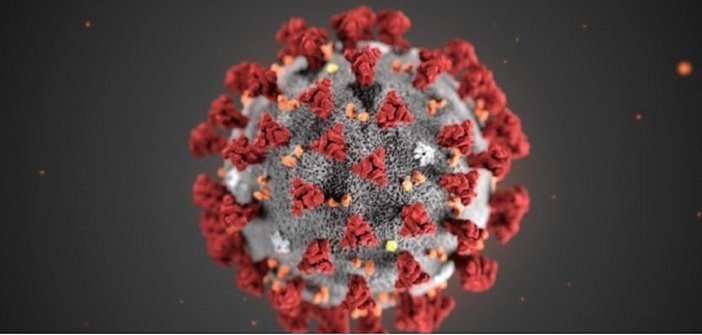The Government’s strategy is very clear, as confirmed by Prime Minister Jean Castex during his press conference yesterday: to hold on while waiting for the effects of the intensified vaccination and to intervene at the territorial level to manage the most difficult cases, without completely going back into lockdown.
The Nice and Dunkirk model (strengthened confinement during the week and total confinement over the weekend) will be the reference for other similar cases in the 20 departments considered “under surveillance”.
Even in departments where the health situation is improving, no easing of measures is being considered at this stage. It’s not possible “to envisage relaxation measures,” even where things are better, as the overall evolution of the epidemic doesn’t currently allow “to envisage relaxation measures,” regretted Jean Castex.
This follows a recent acceleration in the spread of the virus, which has led to a surge in the incidence rate (number of positive cases per 100,000 inhabitants) and increased hospital pressure.
While it’s not possible to consider relaxation measures at the moment, experiments regarding certain activities that have been closed so far— including restaurants — are on the table. However, these will be more complex to carry out, and caution will remain essential, as wearing masks cannot be ensured.
The next milestone has been set by the Prime Minister for the end of spring. According to Jean Castex, the vaccination of the most vulnerable people by this time will allow “to reduce the effects of this epidemic on the entire population”.


